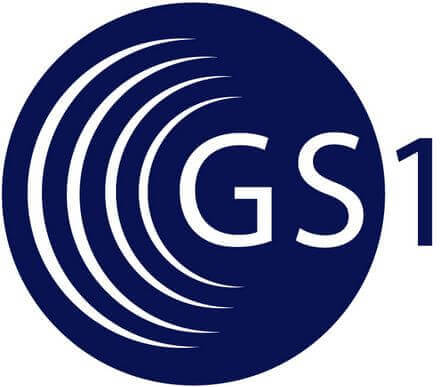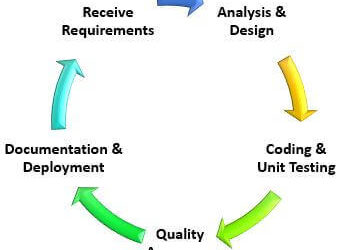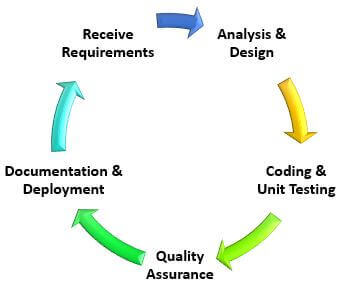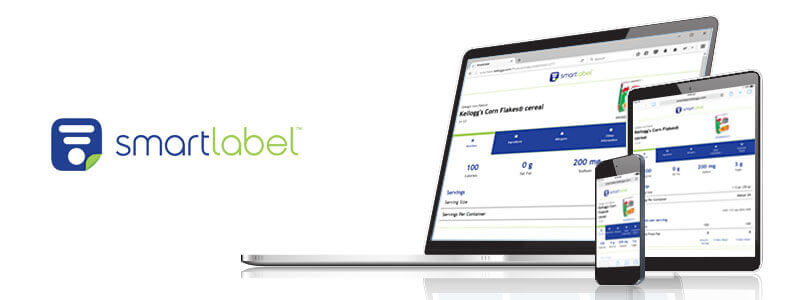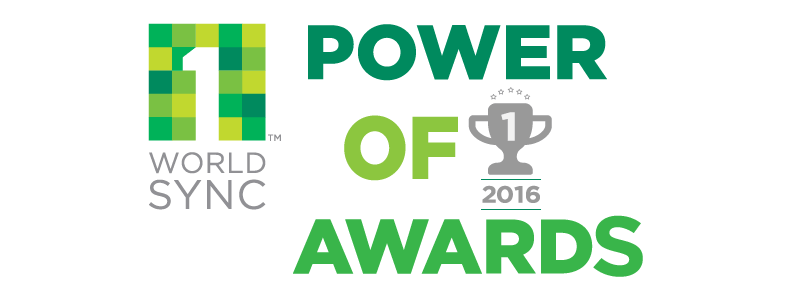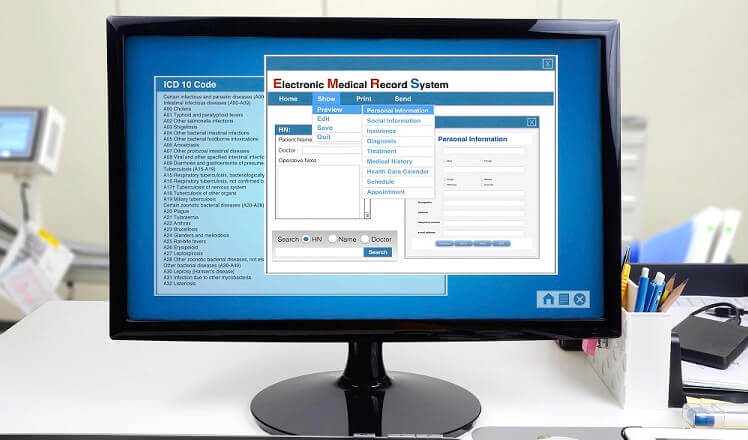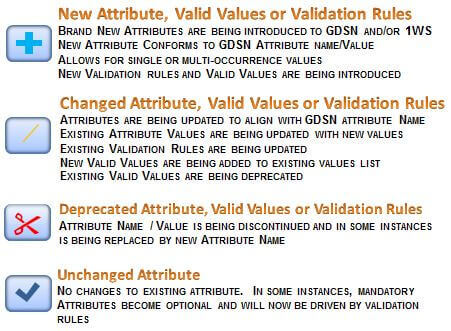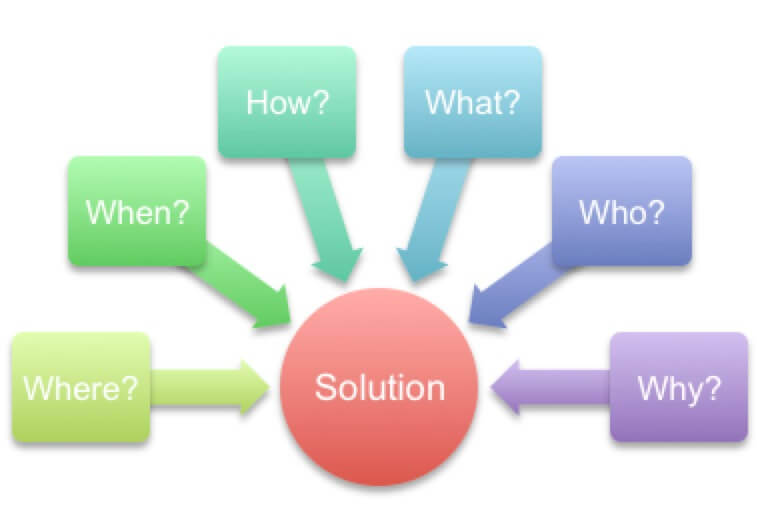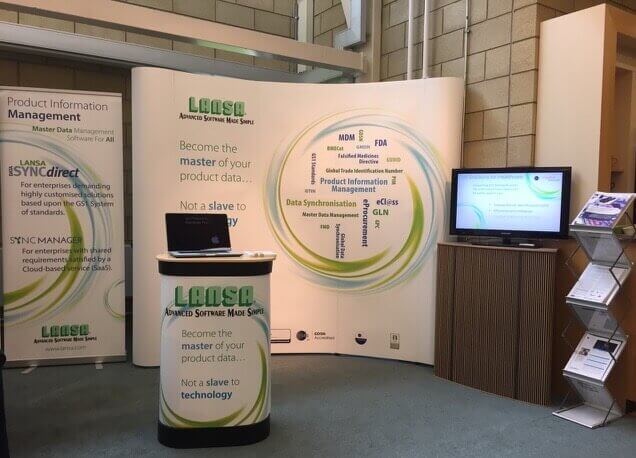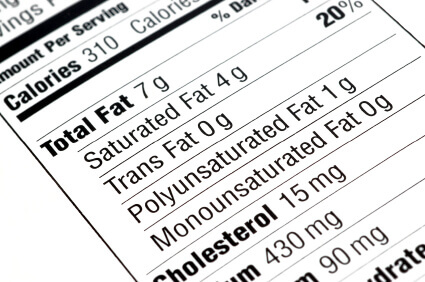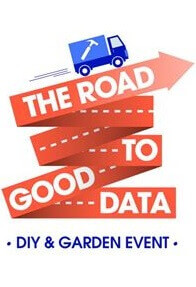Last week in my blog post entitled EU Regulation 1169/2011 and its Influence on US Manufacturers and Retailers, I provided an overview of the directive and its impact on the supply chain. Today I’ll dive into the challenges manufacturers and retailers will face along with how to be EU 1169/2011 compliant.
Upcoming Challenges in Your Supply Chain
Managing and administering product attributes
EU 1169/2011 says that specific nutritional information must be accessible by the consumer prior to being available for purchase online. Nutritional information relating to a product is most commonly consolidated on product packaging. When purchasing a product in store a consumer is able to view this information and make a buying decision based upon that content. In an online environment a consumer does not have access to the same level of information and this law brings the two experiences together.
Food manufacturers will be responsible for providing compliant information to their trading partners in a timely fashion, to allow that product to be legally traded. This means product information must be well structured for consumption by online shops. The challenge to food manufacturers is how to mange and administer this information.
- Where is the information maintained within my enterprise?
- If data resides in more than one place, which one is my master data?
- Does the information comply with the EU Regulation?
- Is the information GS1 compliant?
- Who is responsible for the data?
- How do you stay synchronized with trading partners if the information changes?
Managing identical products with nutritional variations
The EU Regulation states that a physical product’s labeling of nutritional information, if available for purchase online, must display identical nutritional information in the virtual store environment. It is highly likely that multiple versions of the same product are present in the supply chain, only visibly differentiated by a change in Global Trade Identification Number (GTIN) and the nutritional information label. GTINs, developed by global standards body GS1, are assigned to any item (product or service) that may be priced, ordered or invoiced at any point in any supply chain.
The challenge presented to retailers is how to manage this ‘versioning’ of a food product both in terms of inventory management and online provisioning. To comply with EU 1169/2011 online retailers must ensure that the product information supplied online is tied only to the equivalent version of the physical product that is to be supplied to the consumer. Retailers will be faced with more complex processes to manage product super-session.
Creation of new GTIN with nutritional values are amended
Food manufacturers are known to change nutritional facts several times per product, per year. This creates a massive product data management burden, affecting internal systems and processes as well as item publication procedures, i.e. manually having to update Retailer Portals and Content Management Systems.
If the nutritional facts change or are amended on a consumer-traded pre-packaged food item, the resultant attribute change will trigger a GS1 GTIN Allocation Rule. These rules stipulate (at least in the short-term) a new GTIN must be assigned to that item.
To be compliant with the Regulation, new GTINs and product attribute changes must be disseminated through the supply chain immediately, including, but not limited to, retailers, online stores and the Global Data Synchronization Network (GDSN). GS1 established the GDSN to enable supply chain partners to efficiently send and receive synchronized product information via GS1-certified data pools at anytime from anywhere in the world.
Let’s take a frozen food manufacturer as an example. This company produces frozen pizzas. There are six varieties, each available in two sizes and the product is sold in 10 EU countries with different packaging. The company changes ingredients five times per year for each variety. This would require the introduction of 600 new GTINs per year at an item level. This example excludes promotions, multipacks and new product introduction.
The department responsible for product data maintenance would have to update the attributes against each product and then generate 600 new GTINs and associate them with the products. This information would then need to be shared with trading partners individually in a non-GDSN situation. When using the GDSN, each GTIN would have to be registered with its associated attributes and the previous GTINs would have to be discontinued – this would amount to 1,200 updates at an item level. The exercise then has to be repeated to account for packaging hierarchies. If we assume that each item has an associated case and pallet then the number of updates has become 3,600 and this is only for a handful of products.
Using the Global Data Synchronization Network
The EU Regulation does not stipulate the use of the GDSN. However, many organizations worldwide use this system to electronically synchronize product information with each other, including attributes that pertain to nutritional information and find it to be the most efficient way to disseminate product information to their trading partners.
While the GDSN is a formidable system to help with EU 1169/2011 compliance, the existing data structure does not fully support all the required attributes in a way that can be easily consumed by either a target system or human. The GDSN uses a variety of attributes in the form of “code lists” or “attribute groups”. The item data that a retailer receives from a GDSN data pool has to be transformed into an understandable format that the consumer is able to read in an online shop.
The Overall Impact on the Supply Chain
EU Regulation presents a colossal data management challenge to the industry, for both food manufacturers and retailers. GTIN management will become far more complex and with that, the opportunity for errors will increase and data quality will be impaired. A typical selection of scenarios facing the supply chain might include:
Ordering:
- A discontinued GTIN is ordered but can no longer be supplied.
- A supplier therefore delivers the new product version with a new updated GTIN.
- Problems arise with the invoicing process as the product received and ordered are different.
Logistics:
- Different product versions have to be stored in different locations/bins (Tracking & Tracing, EU-Regulation 178/2002).
- The risk of out-of-stocks increase at store due to old and new product versions not being properly managed
e-Tailer:
- A specific product version is ordered online
- When picking is completed in a store, it is possible that a wrong product version is selected due to stock rotation.
What to Look for in a Business Partner in Order to Achieve EU 1169/2011 Compliance
For US manufacturers and retailers committed to achieving EU Regulation 1169 compliance, help and expertise is available now. When evaluating business partners, ensure the partner’s solution offers the following:
- A pre-configured product data model compliant with both the GDSN and the EU Regulation. GDSN validation rules form part of that data model to ensure that any data imported or hand-keyed is GS1 and EU Regulation compliant.
- A tool that will guide an organization on how to become compliant by assessing existing product data, pinpointing attributes that are not compliant and highlighting missing attributes.
- A system that can fully manage the GTIN lifecycle and GTIN hierarchies. The new EU Regulation stipulates that a modification or amendment of product ingredients changes the product in such a way that it must be identified uniquely i.e. a new GTIN must be assigned.
- A workflow system that allows user roles and permissions to be set. It is commonplace that different people have individual responsibilities with regards to the management of product data. It is therefore essential that workflow can be configured to reflect the company’s internal processes and enforce data governance.
- A solution that can integrate with existing master data sources such as ERP (Enterprise Resource Planning) or PLM (Product Lifecycle Management) systems. This prevents the duplication of data, enforces product data quality and maintains a persistent single source of truth.
- The ability to publish product data to trading partners through either the GDSN, complying with all standard GDSN messaging in order to maintain item synchronization, or by other means, such as XML or Excel.
The EU 1169 directive acts to assist the end consumer to buy their food items online as confidently as they would do in store. Available solutions and growing awareness are enabling businesses in the US and Europe to satisfy their customers by embarking now on the journey to EU 1169 compliance.



